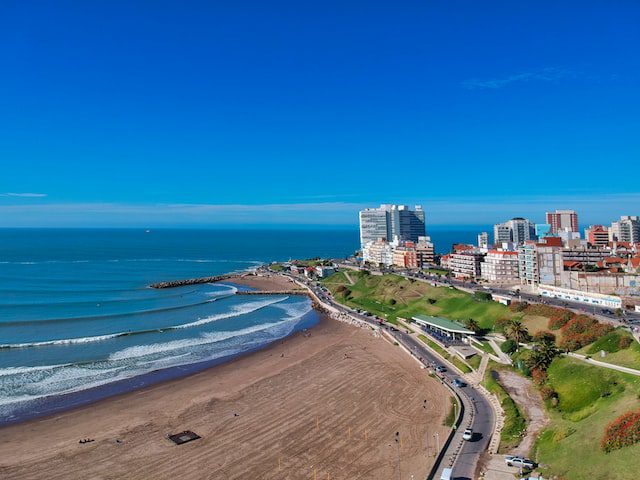As Jesus hung on the cross, the people passed by him and hurled insults at him. They were saying things like:
Come down from the cross, if you are the Son of God!
Matthew 27:40
What the people failed to understand was that Jesus came for this very moment. Jesus specifically put himself in that place. The Jews thought that they had convinced Pilate to crucify Jesus, but in reality, Jesus not only knew that he was going to be crucified, he intended to put himself on that cross.
The values of men and and the values of God often stand in definite contrast. In fact, they can be as starkly different as the difference between black and white. I think you can even see it in this particular scene.
The Jews believe that Jesus’s desire would be to continue living. In that case, Jesus’s value would be the things of our world. His life. His possessions. They believe this because those are the things that they value. They value the things of this world, certainly not the things that God values.
But the truth is that Jesus values the things that God values. He wasn’t sure that, in his humanness that he wanted to be crucified. Jesus prayed that, if there was another way, that God the Father would use that other way. Jesus knew that immense suffering was coming. He knew that immense pain was coming. But he told the Father that he wanted his will to be done, and that was the specific value that he was working under. Not to preserve himself. Not to live for his own benefit, but instead to live for the will of God the Father.
It wasn’t the Jews that killed Jesus.
And it wasn’t the Romans that killed Jesus.
It was God himself that killed Jesus. Read this from Isaiah, who wrote this more than 700 years prior to Jesus coming to earth:
Yet it was the LORD’s will to crush him and cause him to suffer, and though the LORD makes his life an offering for sin, he will see his offspring and prolong his days, and the will of the LORD will prosper in his hand.
Isaiah 53:10
It was the Lord’s will to crush him. There were no surprises to God when Jesus was crucified. It worked out exactly as he planned it. God gave Jesus as an offering for sin, a sacrifice that was perfect. One sacrifice for all sin, for all time, for the past and the future. And it is the will of the Lord that is prospering. The Jews thought that their will, their desire, that was being done. And yet it was God’s will that was being accomplished, offering his people a way to come to him, the greatest gift ever given to mankind.









